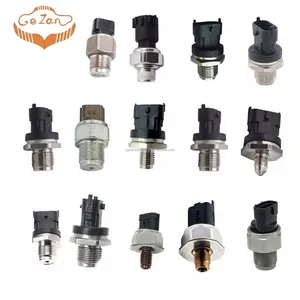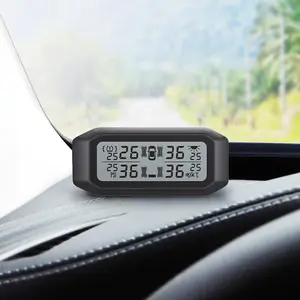Understanding Car Engine Sensors
Car engine sensors are integral components of modern vehicles, playing a crucial role in engine management and efficiency. These sensors monitor various functions within an automobile's engine and provide critical data to the vehicle's computer system. The importance of these sensors cannot be overstated, as they directly influence the performance, fuel economy, and emissions of a car.
Types and Functions of Engine Sensors
Vehicle speed sensors and crankshaft position sensors are two primary types that facilitate precise control over engine timing and fuel injection, ensuring optimal performance. The mass airflow sensor measures the amount of air entering the engine, which is vital for maintaining the correct air-to-fuel ratio. Meanwhile, knock sensors detect engine knock or pinging, which can indicate a variety of issues, including incorrect fuel octane or engine timing problems.
Applications and Features
The application of car engine sensors extends beyond mere measurement. For instance, oxygen sensors (O2 sensors) assess the exhaust gases to regulate the air-fuel mixture for better efficiency and lower emissions. In terms of features, these sensors are designed to withstand harsh conditions under the hood, from extreme temperatures to vibrations, ensuring durability and reliability.
Materials and Advantages
Car engine sensors are typically made from robust materials like ceramics, metals, and high-grade plastics, tailored to withstand the automotive environment. The use of such materials offers advantages like longevity and resistance to wear and tear. Furthermore, the precision of these sensors contributes to the longevity of the engine itself by preventing damage caused by inefficiencies or malfunctions.
Selection Considerations
When selecting car engine sensors, it is essential to consider compatibility with the specific vehicle model. Factors such as sensor range, sensitivity, and response time are also critical to ensure that the sensors provide accurate and timely data to the car's computer system.
Integrating Sensors for Enhanced Performance
Integrating the right set of sensors, such as throttle position sensors and engine temperature sensors, can significantly enhance the performance and safety of a vehicle. These sensors not only contribute to a smoother ride but also play a pivotal role in preempting potential issues, thereby safeguarding against costly repairs and maintenance.











































 浙公网安备 33010002000092号
浙公网安备 33010002000092号 浙B2-20120091-4
浙B2-20120091-4